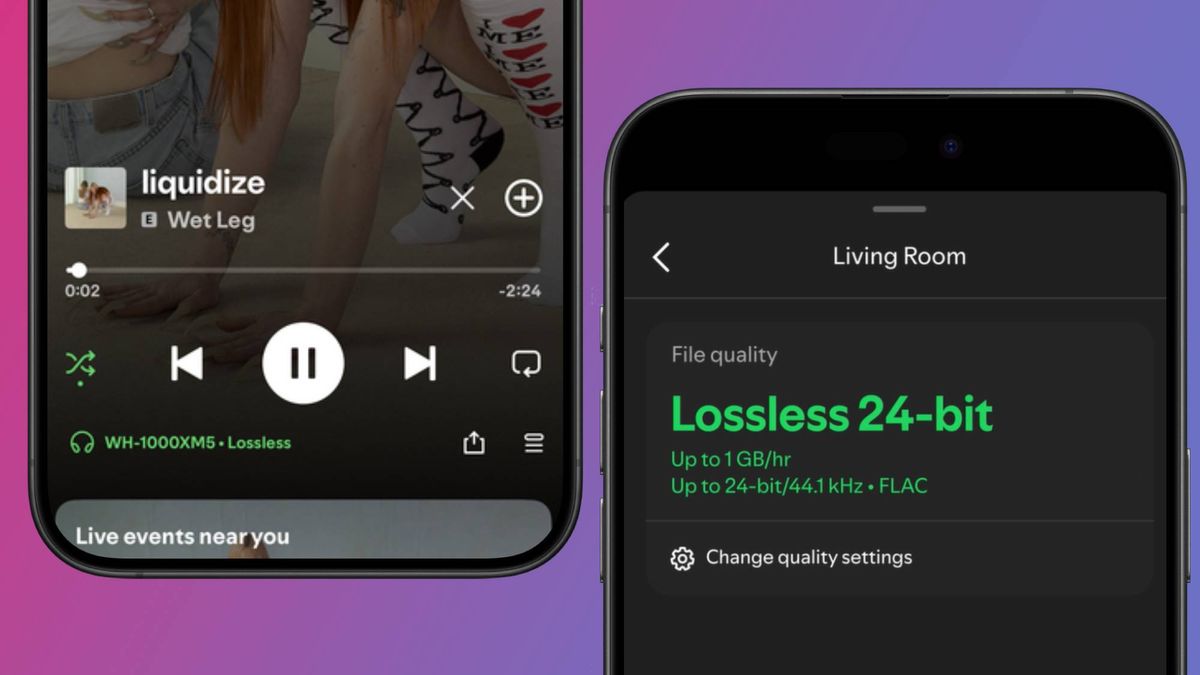lipflip – Spotify recently launched its long-awaited lossless audio feature, and the company’s engineering manager shared insights in a Reddit AMA. He discussed the technical hurdles, rollout decisions, and user-focused design behind the upgrade.
The engineering manager explained that Spotify does not follow a fixed formula when selecting countries for early access to lossless streaming. Instead, the team evaluates each region individually to ensure a stable and high-quality experience for subscribers. This approach prioritizes quality and reliability over speed of deployment, reflecting Spotify’s commitment to user satisfaction across its tens of millions of users worldwide.
Read More : HBO Max Plans Price Hike as CEO Outlines New Strategy
To help users identify when tracks stream in lossless quality, Spotify introduced clear labeling in the Now Playing view and Connect Picker. This transparency lets listeners know exactly when they experience higher-resolution audio.
Several users asked about the long delay in launching lossless streaming. The engineering manager revealed that the team recognized early on the high stakes involved. They needed a solution that worked smoothly across nearly every device and hardware setup. This complexity demanded extensive collaboration and a relentless focus on reliability, which extended the timeline significantly.
The design philosophy for lossless audio centers on two key principles: transparency and user control. Spotify aims to empower listeners by making quality options clear and easy to manage. This emphasis highlights the company’s dedication to improving user experience without sacrificing simplicity or performance.
Complex Backend Work and Future Features in Spotify’s Lossless Audio
Implementing lossless audio involved more than just uploading high-resolution files. The engineering manager detailed that the backend overhaul was a massive, round-the-clock effort by distributed teams worldwide.
Spotify’s infrastructure needed to support seamless compatibility across platforms, devices, and international markets. The complexity increased due to frequent changes in regional licensing and market regulations. This required rigorous testing and advanced technology to ensure consistent delivery without interruptions.
One user specifically asked about bit-perfect audio output and WASAPI Exclusive Mode support on Windows. This Microsoft technology allows apps to control audio streams directly, which can improve sound quality. Although Spotify has not confirmed support yet, the engineering manager acknowledged the importance of these features and said engineers are eager to implement them.
Read More : Snapdragon 8s Gen 4 Tipped to Get Overclocked Variant
Looking forward, Spotify’s careful and user-driven approach to lossless audio indicates ongoing improvements. The company plans to keep refining quality indicators and expanding compatibility. This rollout sets a foundation for future innovations in streaming audio quality.
Spotify’s transparency in sharing technical challenges and priorities builds trust with users. It also signals that the company values input and will continue evolving based on listener feedback. The lossless audio launch marks a significant milestone but also the start of a broader journey to enhance music streaming experiences globally.
